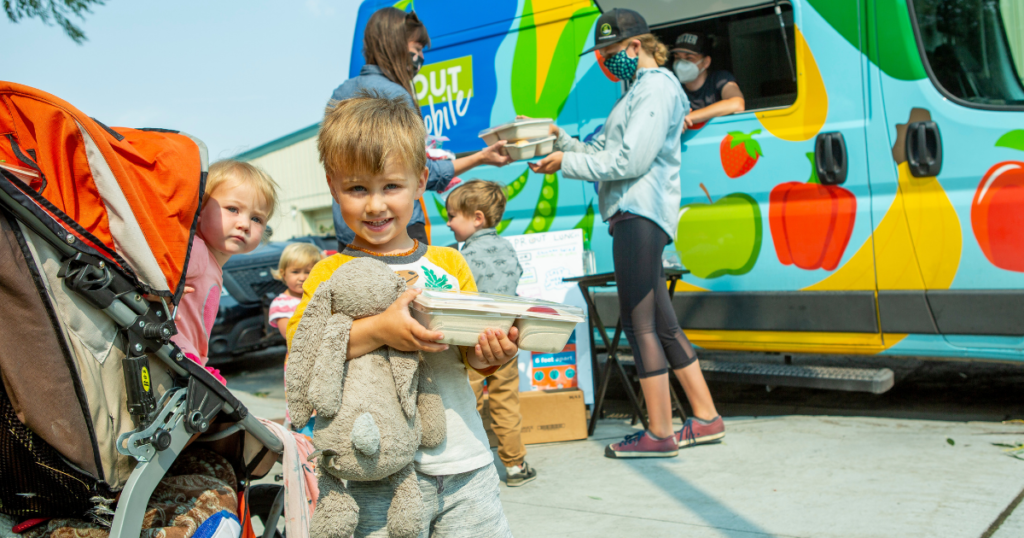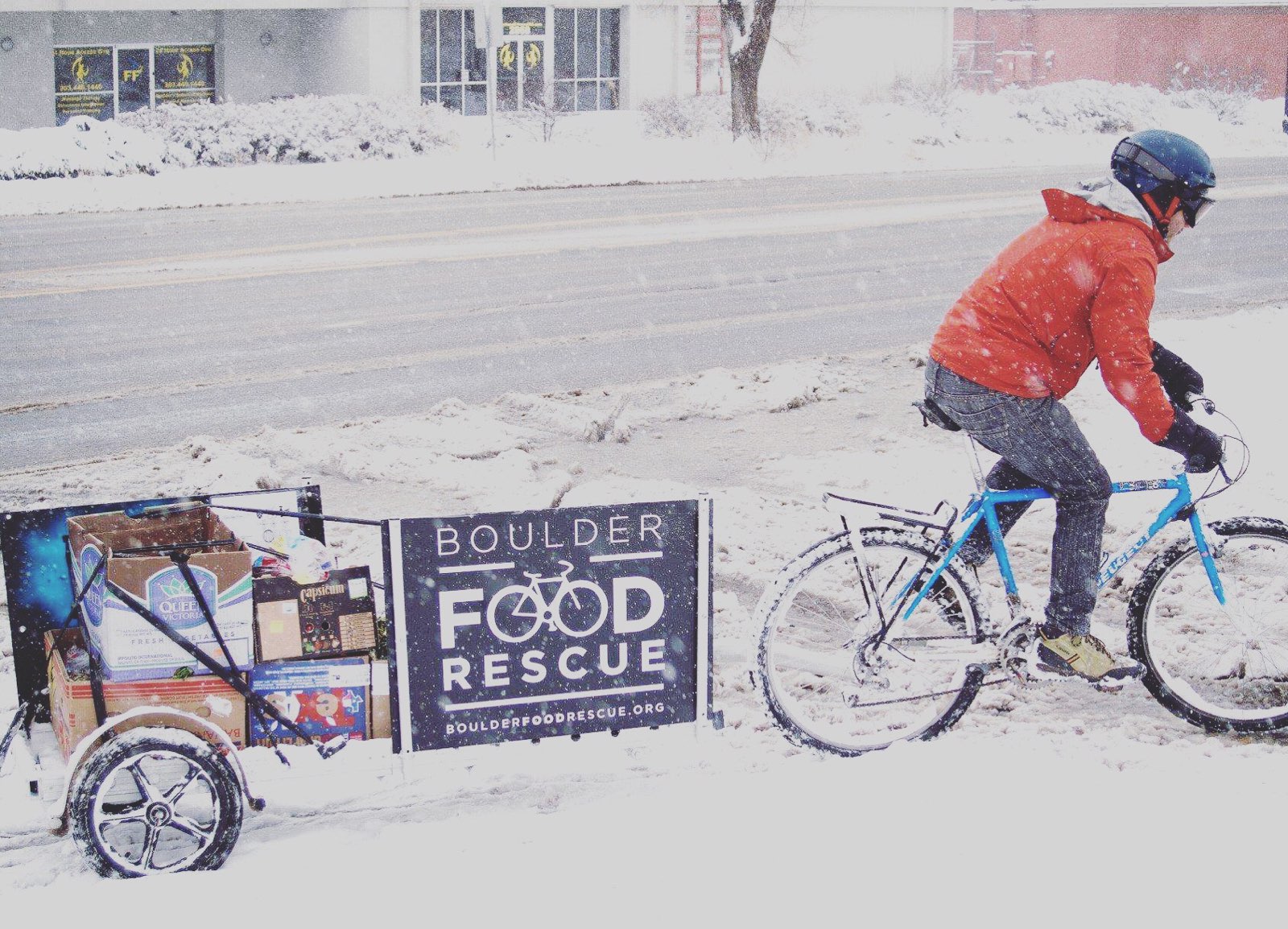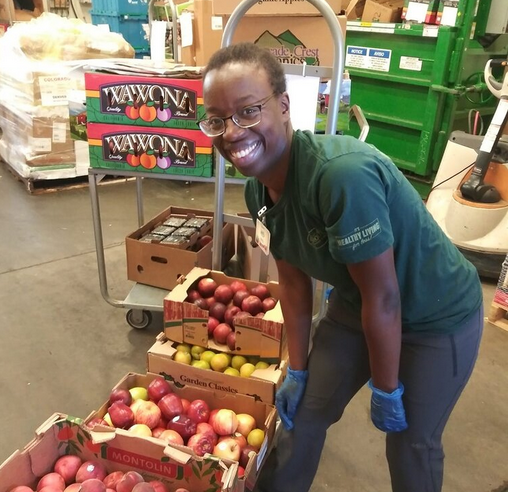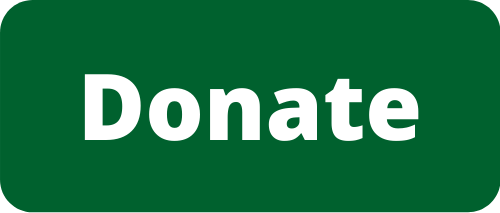
Food Rescue Alliance: Reducing Barriers
By GO HumanityFood Rescue Alliance is the recipient of our major three-year Compassionate Impact Grant. We asked the organization to catch us up on its impact so far. Here, they tell us about how making food rescue more efficient is going hand-in-hand with demonstrating sensitivity toward impacted communities.
Food Rescue Alliance (FRA) facilitates the development and growth of community-based food rescue organizations. Our network believes that healthy food access and food waste are best addressed at the local level by member organizations who’ve developed strong intra-community relationships. FRA members share resources, best practices, and innovative approaches toward actualizing common goals and values. Moreover, FRA’s logistics software has been used in 30+ cities to complete 90,000+ food rescues, and is currently undergoing a full re-development rooted in design justice principles. We also host monthly peer learning workshops and member meetings. The network’s members redistribute an average of 20,000,000+ pounds to 600,000+ low-income individuals annually. This is how we all connect with one another to support each other’s work on a national scale. But the impact we are having on the ground, for communities, is best told by our member agencies:
From Longmont Food Rescue:
Longmont Food Rescue has been using FRA’s food rescue software since our founding in 2017, and we could not do our community work without it. When COVID hit last year, we had a huge turnover in our volunteer base, which had consisted primarily of retirees who were now in a high-risk group for the virus. With a new batch of volunteer recruits in the spring, the food rescue software made it easy to set up new recurring volunteer schedules, as well as allow for variable one-time shifts that were very common with food supply fluctuations during the pandemic. We opened 6 new food distribution sites, and the software allowed us to offer tailor-made instructions for each location, as well as include our new COVID-specific safety protocol for all our volunteers.
At our low-income senior communities, we alternate our food deliveries every other week with the ElderShare food bank program. A resident told us that the variety of food we are able to rescue and deliver is unlike anything they’ve received through other food assistance program in terms of variety, nutrition, and freshness. She said that our food has “broadened their horizons” and introduced them to new types of fruits and vegetables, as well as provided ample options for residents on restricted diets such as gluten-free, lactose-free, and probiotics, which are rarely offered through other programs. The food rescue software allows us to work with a dynamic range of food donors and volunteers, who can be programmed in for regular recurring shifts or drop-ins as needed.
Longmont Food Rescue is excited for the next evolution of the food rescue software and the new features that will increase its efficiency and ease, further supporting our mission to rescue precious food resources and feed our community.
From Boulder Food Rescue:

No Cost Grocery Programs reduce barriers to accessing food. We do not require any paperwork, documentation or proof of need and bring food directly to people where they can access it at no cost at times that work best for their community. We aim to only bring people the types of food they want and integrate feedback. Approximately 1,700 people use this program every week.
Under COVID-19, we expanded this programing. We established a new relationship with a coordinator who works with the organization 9 to 5, and also partnered with the City of Boulder to distribute food to Latinx residents living in three mobile home communities. This opened the program to 215 new program users —virtually all of them Latinx with barriers to using traditional food assistance programs because of the threat of deportation or negative impacts on immigration prospects because of public charge.

The Food Rescue Robot, our integral logistics software, enables us to coordinate pickups from grocery stores and drop-offs into communities. One thing we appreciate about the software itself is that it doesn’t require recipient communities or individuals who are receiving food to put in their names, addresses, or other potentially sensitive information.
Many software products that are built for food rescues require this information, which creates fear in the communities where we work for reasons described above. Having software that enables us to quickly change our schedule, add new communities, and not expose people’s data privacy is essential to our operations. The new software that is being iterated upon — thanks to the Foundation Beyond Belief grant — demands our participation and influence in how it is built. We get to have a say in keeping the software safe and confidential for potentially exposed community members.


